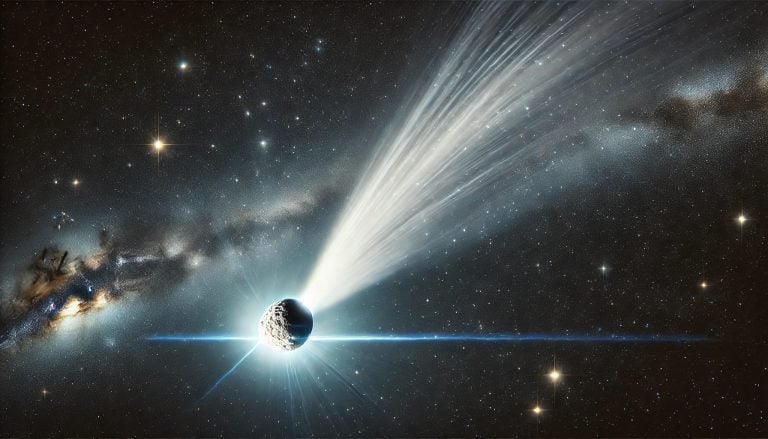
Catch a Falling Star! The Eta Aquariid Meteor Shower in May 2025
As we move into May 2025, skywatchers will have the opportunity to witness the Eta Aquariid meteor shower, an annual celestial event that never fails to impress. This meteor shower is known for its swift and bright meteors, originating from none other than Halley’s Comet, one of the most famous comets in history.
When and Where to Watch
The Eta Aquariids will be active from April 19 through May 28, but the peak will occur on the night of May 6 into the early morning hours of May 7. During this peak period, observers in the Southern Hemisphere will experience the best meteor activity, with rates of up to 60 meteors per hour. For those in the Northern Hemisphere, including the United States, the shower typically produces around 30 meteors per hour at its best.
Meteors will radiate from the constellation Aquarius, but they can appear anywhere in the night sky. The best time to watch is after midnight and before dawn, when the radiant point is higher in the sky. However, in the Northern Hemisphere, Aquarius will remain relatively low on the horizon, which slightly limits the meteor count.
Effects of the Moon on Viewing
This year, the waxing gibbous moon will be in the sky for most of the night, which means some of the fainter meteors will be washed out by its brightness. However, there is still a good chance to see plenty of bright, fast-moving meteors. The best strategy for countering the moonlight is to find a dark-sky location away from city lights and to position yourself so that the moon is out of your direct line of sight.
What Makes the Eta Aquariids Special?
The Eta Aquariid meteor shower is one of two annual meteor showers caused by Halley’s Comet—the other being the Orionids in October. Halley’s Comet last passed through our inner solar system in 1986 and will return in 2061, but every year, Earth moves through the debris field left behind by the comet, creating these spectacular meteor showers. The Eta Aquariids are known for their fast-moving meteors, which enter Earth’s atmosphere at speeds of around 148,000 miles per hour (238,000 km/h). Many of these meteors leave behind glowing trails that linger for several seconds.
Viewing Tips for the Best Experience
If you’re planning to watch the Eta Aquariids from the United States, here are some tips to improve your viewing experience:
Find a Dark-Sky Location – Get away from city lights and find a rural or remote area with minimal light pollution. State parks, national parks, and designated dark-sky locations are ideal.
Look Towards the Eastern Sky – Although meteors can appear anywhere, the radiant point in Aquarius will be rising in the east. Facing this direction will increase your chances of seeing more meteors.
Give Your Eyes Time to Adjust – It takes about 20–30 minutes for your eyes to fully adjust to the dark. Avoid looking at your phone or any bright lights.
Be Patient and Comfortable – Bring a reclining chair or a blanket so you can lay back and have a full view of the sky. A warm jacket or sleeping bag is also recommended since early May nights can still be chilly in many parts of the U.S.
Avoid Direct Moonlight – While the waxing gibbous moon will be bright, you can improve visibility by positioning yourself so that the moon is behind trees or buildings to reduce glare.
Check the Weather Forecast – Clear skies are essential for meteor viewing. Check your local forecast to ensure you have optimal conditions for watching the shower.
Final Thoughts
The Eta Aquariid meteor shower offers a fantastic opportunity to connect with the cosmos, even for those in the Northern Hemisphere where it isn’t as prominent. While the moon’s brightness may slightly reduce the number of meteors visible, dedicated observers should still be able to witness some breathtaking shooting stars.
So, mark your calendars for the night of May 6 and the early morning of May 7, find a dark spot away from city lights, and enjoy one of the best meteor showers of the year!
Please be advised that, despite our best efforts, International Star Registry – Name a star provides astronomical and astrological content for entertainment purposes. We cannot guarantee the accuracy of all information given.
